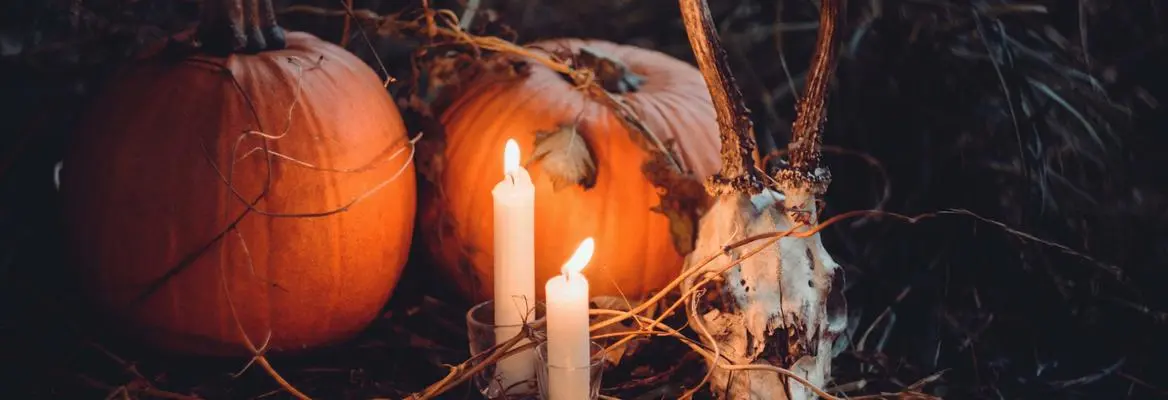Nobody over the age of twenty is much afraid of Halloween, not nowadays. We treat it with endless irony. Our pumpkin heads no longer drive back the dark and the cold; their grins are cheery. However, our jokey version of confronting the growing cold and darkness as the death of the year approaches draws on far older and genuinely more frightening stories and customs that date from a time when death seemed ever present.
The jack-o’-lantern as a trickster replicates the Gaelic lands’ fascination with the severed heads of enemies and also of sacrifices. The Gaelic tribes, according to Julius Caesar, who fought several wars with them, enjoyed sacrificing any captive that fell into their hands to the gods. They also displayed the heads of those they had killed as apotropaic figures- figures so scary that they drive back the scary - around their settlements. Houses once required a foundation sacrifice, to ensure the security of the building. Even in modern times in England, cats have been walled up in buildings, perhaps alive, perhaps dead, often in hunting postures to drive off something darker and nastier than themselves. Horse skulls also serve such a purpose. The head of Bendigeidvran (Brân the Blessed) presided over the otherworld and protected the island of Britain from its burial at the White Mount in London. All these ideas depend on the notion that the original owner of the potent head or body is somehow still present.
Timothy Taylor argues that the question of how living humans can stop the souls of the deceased from reanimating their bodies was one of the most important questions in earlier periods. At some unknowable point in human history, people decided there were two partially separable elements present in a living creature: the material body and the force that animates it. It was understood that the animating force would naturally desire the continuation of its residence in the body and struggle to reinsert itself after death, and then try to repossess its property, including its spouse and children. The living had to enchant, cajole, fight off, sedate, distract and disable this life force from reanimating the body. The risk lasted so long as the flesh lay on the bones. When the bones were white or were sent up in smoke it was deemed that the person had finally left this life and was no longer a danger to the living. We have, as Taylor remarks, forgotten what it is like to be really afraid of malevolent undead humans.















Join the conversation